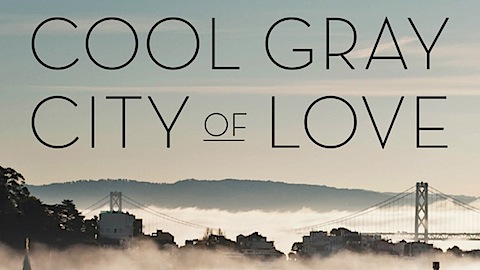Foursquare’s announcement that it’s “splitting” it’s app into two, one focused on local discovery, the other on social connections, resonates with thoughts I’ve been having on the role purpose plays in product design.
I first grappled with purpose almost ten years ago, when I interrogated the concept of document genres. Examples of document genres are textbooks, maps, guidebook, press release, menu, manual. People have a purpose in mind when consulting a map, reading a textbook, browsing a menu, referring to a manual, and these genres have evolved a set of physical traits (maps are big and fold up), information layout traits (textbooks have detailed tables of contents), and content traits in response to purpose.
Physical products have also evolved in similar ways. They have a job to perform, and their shape and ‘interface’ have evolved to serve that purpose. Just look in a toolbox or a kitchen drawer and that becomes evident.
Digital forms present a challenge, because these documents now reside within the same physical form. It requires writers and designers to be more explicit about the purpose to be served, because a keyboard and screen don’t provide the cues that physical documents do. And it’s those cues that our brain uses to predict utility — we’ve learned how to use maps, books, manuals through exposure, and we use new documents of the same genre, we can rely on our past experience. Digital documents require explicit visual cues and interfaces.
When I first explored this space, mobile was not a serious context. Most phones were feature phones, and ‘smart phones’ were Treos and Blackberrys.
In a post-IPhone world, where our devices are literally tabula rasas that are meant to wholly become the app that is launched, I find once again that purpose can be a helpful lens.
And that’s where Foursquare’s decision is interesting. I suspect that when people engage with an app, it is for a purpose. Emphasis on ‘a’. So folks would open Foursquare with that one purpose in mind, even though the app could deliver on two–local discovery and social connection. And given what we know about how people habituate to content genres and physical objects, they likely habituate to apps in a similar way–whatever was the purpose that was first served is the purpose people stick with. And as Foursquare developed an awesome local discovery capability, people who originally came in for the social aspect, or to learn about a place only after they checked in, didn’t realize that Foursquare could introduce them to new places. (We saw this at Groupon. Most folks continue to use the service in a lightweight browse and serendipity mode, though there are search and filtering capabilities that reward folks with something specific in mind.)
Foursquare’s bet to remake the app called ‘Foursquare’ into a direct competitor to Yelp, and to move the capabilities of ‘classic Foursquare’ to a new secondary app is a reflection of how a product design needs to be very clear about the purpose (SINGULAR) it serves.
And a potential takeaway is to recognize there are ‘app genres’ that are emerging to address users’ purposes. Local discovery would be a genre. Social connection would be a genre. News aggregator would be a genre. And if your trying to serve multiple purposes (Facebook Paper is both your social connection AND a news aggregator!) you introduce confusion, because people’s expectations, rooted in their genre experiences, are being confounded.
